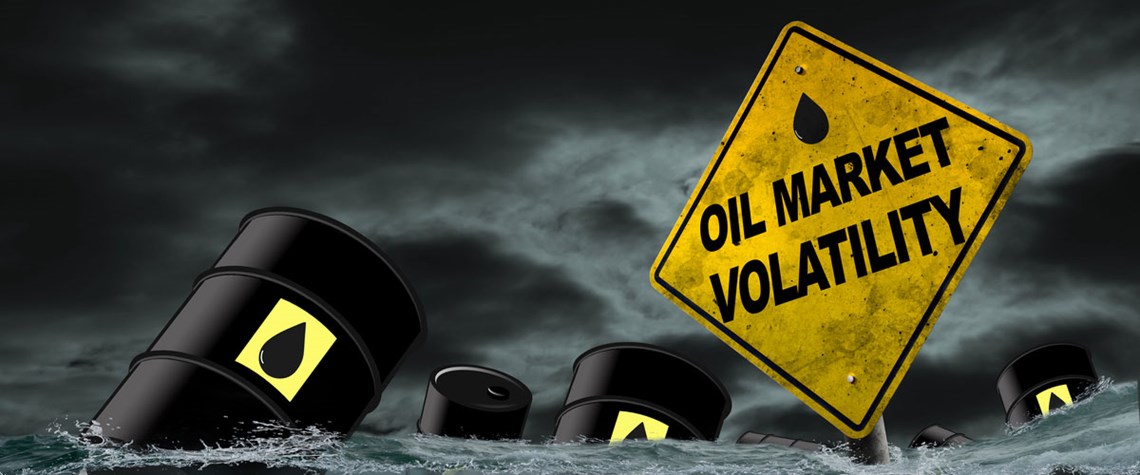The oil market’s three key questions
The extent of lost Russian supply, what can step in and what happens to demand
Russia’s invasion of Ukraine, a Western response that has surprised President Putin in its vehemence, and a combination of bans on importing Russian barrels and buyers stepping away from Urals due to political and/or societal pressure has roiled the oil market. Since Russia’s late-February aggression, the benchmark Ice Brent contract has jumped from c.$95/bl to highs of almost $130/bl, gyrated back to sub-$100/bl, gone back up to $120/bl+ and is now trading around $110/bl. The obvious driver of this volatility is uncertainty, with a myriad of moving parts that are nigh-on impossible to predict either in quantity or duration. Late-March peace talks between Russia and Ukraine proved more posit

Also in this section
24 December 2025
As activity in the US Gulf has stagnated at a lower level, the government is taking steps to encourage fresh exploration and bolster field development work
23 December 2025
The new government has brought stability and security to the country, with the door now open to international investment
23 December 2025
A third wave of LNG supply is coming, and with it a likely oversupply of the fuel by 2028
22 December 2025
Weakening climate resolve in the developed world and rapidly growing demand in developing countries means peak oil is still a long way away







